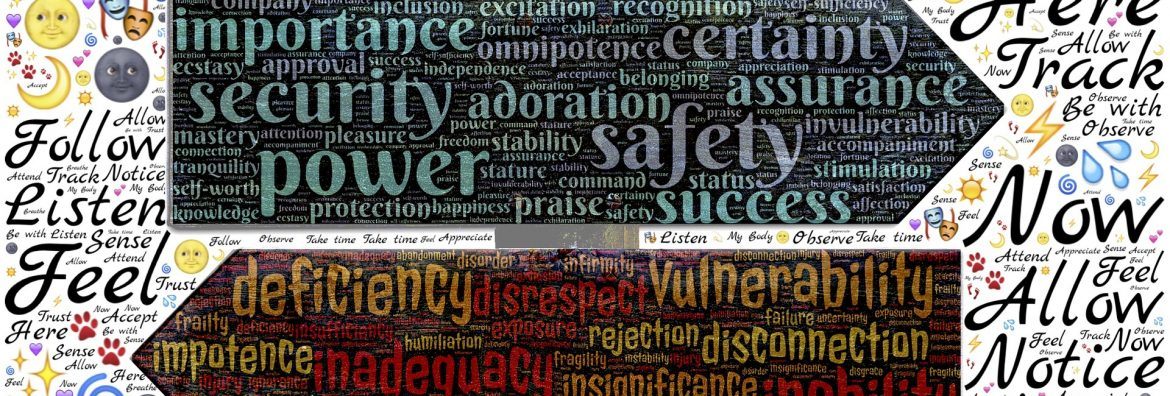Customer experience is a memory. An impression that can stick in the mind for a minute or a lifetime. A positive experience can result in lasting loyalty, endorsement, and evangelism. A poor experience, on the other hand, can almost instantly mean the end of a brand relationship.
PwC reports that 79% of customers rate customer experience as the most important component of the purchasing decision after product quality and price. According to this research, 59% of consumers who love a brand are prepared to forsake it after having a series of poor experiences. The firm also claims that 17% will walk away after only one bad experience. Needless to say, this is concerning for any business.
In order to create amazing customer experiences, companies need to ensure that they have the appropriate bedrock in place to enable brand and culture to be successfully integrated. In this article, we will discuss the three primary foundations – purpose, promise, and values.









